Probiotics are live micro-organisms that are administered to provide benefit to the host. They mainly consist of bacteria, but also include fungi such as yeasts. There are two types of probiotics: exogenous and endogenous.
Exogenous probiotics are those that are consumed through the diet and must be continually ingested to maintain balance in the bowels. Endogenous probiotics are those beneficial bacteria and fungi that naturally occur in the human gut and make up the microbiome.
If you’re new to probiotics, it’s a good idea to consult your doctor and make sure that a probiotic isn’t going to interfere with any medications or symptoms of an existing condition. This guide can prepare you to have that conversation.
Probiotics are only effective when used in combination with a healthy diet and lifestyle. Alcohol, cigarettes, drugs, medications, and stress can cause bad bacteria to flourish which cause pH imbalances, digestive system issues, increase permeability of the intestinal walls and result in systemic inflammation. Probiotics work best in a healthy gut and serve as insurance for the optimal functioning of your immune, digestive and endocrine systems. A healthy gut provides a supportive environment for beneficial bacteria to flourish. You can check out my article on Anti-Inflammatory foods and Common Endocrine Disrupting Chemicals to maintain a healthy gut.
Now that we’ve got that out of the way, here’s what to consider when choosing a probiotic:
Sources
There are 3 main ways that exogenous probiotics are consumed:
From fermented foods and beverages such as kimchi, sauerkraut, kombucha, and kefir.
I’m a big advocate of nature-based fermented foods because I think these foods offer specific strains, diversity of strains, and adequate doses of probiotics that are preferred by the human digestive tract. Just make sure that if you buy fermented foods for probiotics that they are raw and unpasteurized since heat can kill the beneficial bacteria.
As dietary supplements.
In 2022, the global probiotic supplement industry was valued at $61.95 billion, and is expected to grow to $111.21 billion in 2030. This means that there are A LOT of over the counter dietary probiotic supplements to choose from and none of them have been approved by the FDA. That means that there is a large range in the quality of products available. Many products contain fillers such as corn and soy. There’s also a quality component to the strains that are used, and the delivery system of the supplement also matters. A higher quality product will develop a supplement that is contained in fat balls or capsules that don’t dissolve until they reach the gut so their effectiveness won’t be impacted by stomach acid.
Added to food and beverage products.
Food companies are jumping on the probiotic craze and adding strains of probiotics to otherwise not-so-healthy foods such as pasteurized and highly-processed yogurts, juices, sodas, ice cream and nutrition bars. Seems like these probiotic-infused products are popping up everywhere on the shelves of grocery stores and just by adding probiotics they can now claim them as “healthy”. Not only that, but the bacteria that are added to many of these products are killed in the cooking or processing. I wouldn’t recommend these as your primary source of probiotics. Instead, I’d opt for naturally-occurring probiotics in the fermented foods listed above.
Related Article: My Daily Supplement Routine.
Strains
Many probiotic dietary supplements list the number of probiotic strains on their label, and most often list out the species of microorganisms that are added. While a higher number of strains will provide your gut with more diversity, but your gut may only need a few of them for the probiotic to be effective. Plus, if the probiotics don’t survive through the stomach, it doesn’t matter how many strains are included.
The 7 most common probiotic strain genera are: Lactobacillus, Bifidobacterium, Saccharomyces, Streptococcus, Enterococcus, Escherichia, and Bacillus. Within each genus there are also different species that are found naturally in fermented foods and are used in dietary supplements. Certain combinations of probiotic strains can be more effective for some medical conditions or symptoms compared to others. Diversity of strains, at the genus and species levels, is helpful if you want a probiotic that addresses multiple things, but here’s a breakdown of each of these major strains in case you’d like to focus on a particular issue at the genus level:
Lactobacillus – Species of bacteria in this genus help to break down lactose by producing the enzyme lactase. They also help to control the population of bad bacteria by producing lactic acid. This strain is naturally found endogenously in the mouth, vagina and small intestine, and therefore can help to aid conditions related to those areas. It also has been found to help the body absorb minerals from food. Common species to look for are Lactobacillus acidophilus (found in fermented soy products) and Lactobacillus reuteri (helps to prevent tooth decay).
Bifidobacterium – This genus of bacteria is a generalized strain that helps to support a healthy immune system and limit the overgrowth of bad bacteria in the gut. The species Bifidobacterium longum helps to break down carbohydrates in the digestive tract and can act as an anti-oxidant. Bifidobacterium breve is a species that helps to fight off infection, helps to break down fiber, and helps the body absorb nutrients.
Saccharomyces – This is actually a genus of fungus which helps to control the overgrowth of bad bacteria and is used in alternative medicine to treat gastrointestinal conditions, such as diarrhea. Saccharomyces boulardii, in particular, has also been found to help with traveler’s diarrhea and could help to alleviate symptoms associated with Crohn’s disease.
Streptococcus – This may sound familiar to you because there are strains of bacteria in this genus that are responsible for strep throat and scarlet fever. But not all Streptococcus species are harmful. Streptococcus thermophilus, for example, exists naturally within the GI tract of humans and provides health benefits. It is also found in fermented dairy products such as yogurt and kefir.
This species of good bacteria is acid-resistant which means that it can survive stomach acid and bile. Once in the intestines it helps to modulate the immune system, break down nutrients from food, and fights against bad bacteria. It can also be helpful for improving digestion for those who are lactose-intolerant, and helps to prevent periodontal disease.
Enterococcus – There are a total of 18 different known species that fall within the Enterococcus genus. Some strains of Enterococcus bacteria can be harmful to the human body and can cause infections that are life-threatening.
Enterococcus faecalis naturally lives in the human mouth, vagina and gut and can be completely harmless as long as it stays in those environments. Once these bacteria moves to other parts of the body it can cause a bacterial infection that might be difficult to treat with anti-biotics. This is also why it’s important to wash your hands after possible contact with fecal matter.
Enterococcus faecium is closely related to E. faecalis but serves as an ally against pathogens rather than being a pathogen itself. It’s commonly found in fermented foods such as tempeh and sauerkraut and in some cheeses. This species boosts immune cell function, aids in cell growth and division, and can even produce folate (an important B Vitamin). Some studies also suggest that E. faecium can elevate fat burning capacity.
Escherichia – You’ve probably heard of E. coli (aka Esherichia coli) as a bacterial pathogen that contaminates food (unwashed raw fruits and vegetables, and undercooked meat). E. coli species are found in intestines of healthy humans and animals and can provide benefits to the digestive tract. While most E. coli types are harmless, there are some that can cause severe symptoms such as vomiting and diarrhea (hello food poisoning). One particular strain, E. coli Nissle 1917, or EcN, has been found to reduce inflammation associated with ulcerative colitis in children and adolescents. E. coli based probiotics have also been found to reduce constipation, and symptoms of inflammatory bowel diseases.
Bacillus – Species of bacteria in the Bacillus genus that are most used in probiotics products are Bacillus cereus, Bacillus clausii and Bacillus pumulis. These 3 species have been found to colonize well in the human gut, stimulate the immune system and act as antimicrobial defenders. Other species, including Bacillus subtilis and Bacillus coagulans have been found to prevent infiltration of the harmful pathogen Salmonella into several organs of the body. They have also been linked to decreases in oxidative stress which would classify them as anti-oxidants.
Most probiotic supplements include a combination of species from only 2 of the above genera, the Lactobacillus and Bifidobacterium. For many people these 2 will be enough to be effective for overall digestive health.
Survivability
Survivability refers to the ability of a live microorganism to survive long enough in the digestive tract so that they can become a part of the living microbiome in the intestines. Since many strains used in probiotic supplements have a low survivability (between 20-40%) and not all of them attach to intestinal walls, many of them are eliminated dead or alive with human feces. This is why they need to be continually ingested on a daily basis.
According to researchers, the main obstacles to probiotic survival are stomach acid and action of bile salts. Probiotic companies have borrowed solutions from the pharmaceutical industry and have engineered storage solutions and delivery technologies that aim to increase survival of microorganisms as they pass through the GI tract. For example, some products are sold in gel capsules that need to be kept in the refrigerator. Others coat their tablets and capsules with a special coating that doesn’t dissolve until it gets through the stomach.
Naturally-occurring probiotics found in fermented foods have a natural diversity of microorganisms that benefit the gut and these strains are able to survive for much longer in the digestive tract than those in dietary probiotic supplements. Plus, the pre-biotic fiber of eating the food helps to further buffer against the acidity of the stomach.
Concentration
The concentration of bacterial organisms in a probiotic supplement are measured in Colony Forming Units (CFUs). Research suggests that the minimum amount of CFU’s needed by the body in order to be effective and positively impact the gut’s microbiome is 1 million CFU but beyond that is up to your body.
When it comes to CFU’s in a probiotic dietary supplement, more is not necessarily better. And CFU count is not correlated to health benefits. Just because a probiotic supplement contains over 100 billion CFUs, that doesn’t mean that it’s better for your digestive health. The more important factors are the survivability, and finding a combination of strains that align best with your internal environment.
Finding "The One"
When it comes to finding a probiotic for you, you have 2 options:
1.) Purchase an at-home test kit that quantifies the species in your microbiome. The results of these test kits can provide you with some insight on the imbalances of your microbiome and point you toward products that contain specific strains. Check out this one for $249 or this one which is normally $249 but on sale for for $149.
2.) Try out different products until you find one that you’re happy with. When you first start a probiotic, there will likely be an adjustment period in your bowels. Within the first couple days you will likely experience some discomfort in the form of sudden bowel movements, diarrhea, gas and bloating. You may also experience some symptoms of inflammation such as joint pain, rashes or brain fog. These symptoms are normal and reflect a change in your microbiome, and should subside within a few days of taking the supplement. If they don’t go away after a week, then it’s probably not the product for you. If you notice an improvement in your digestive health or other symptoms after a month or so, then you probably found one that suits you well.
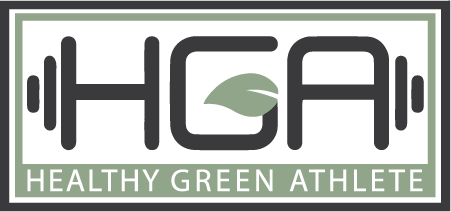
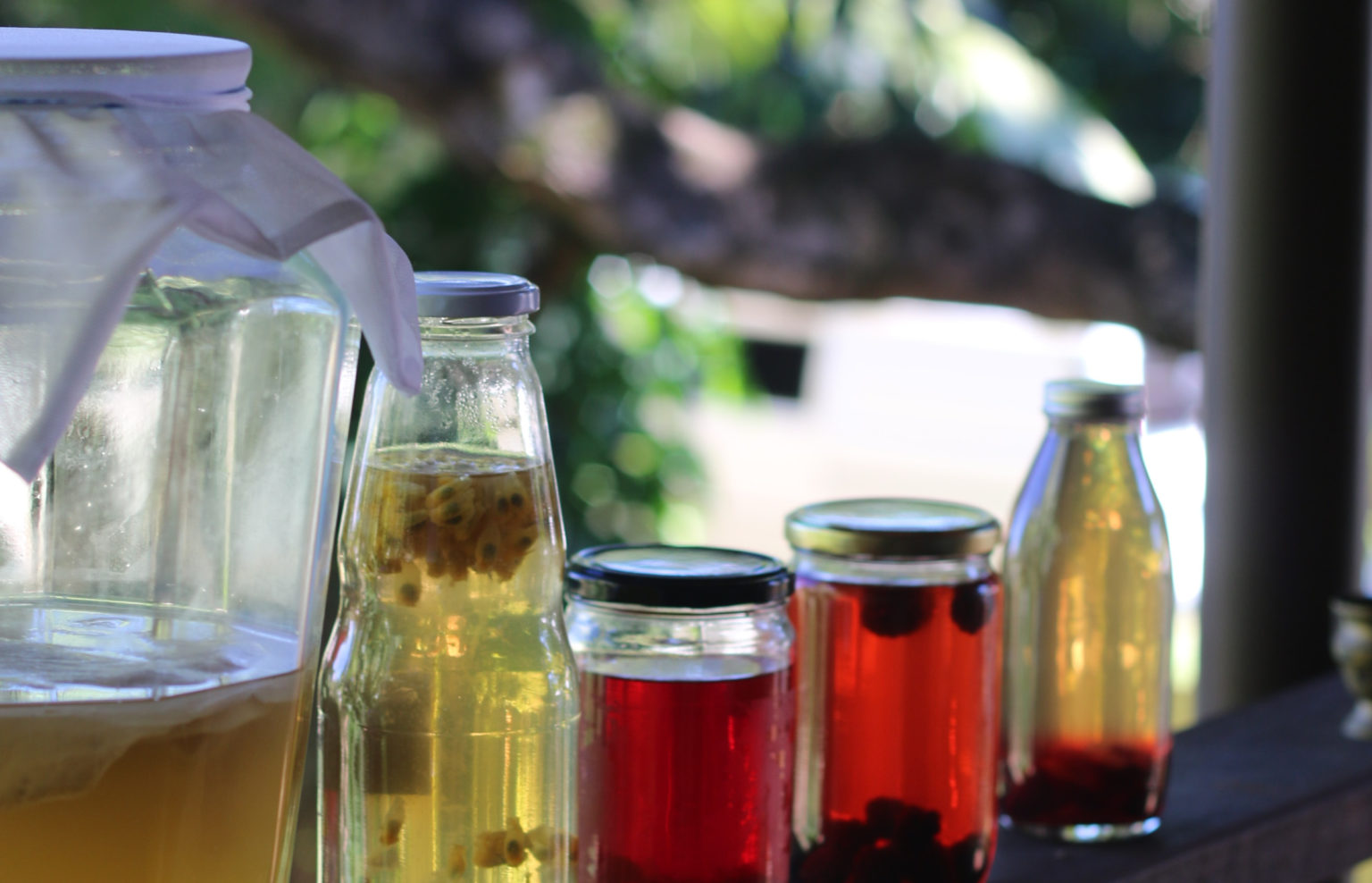
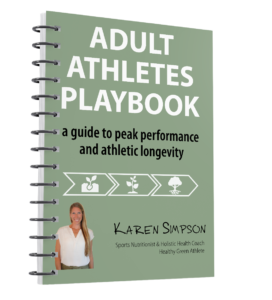

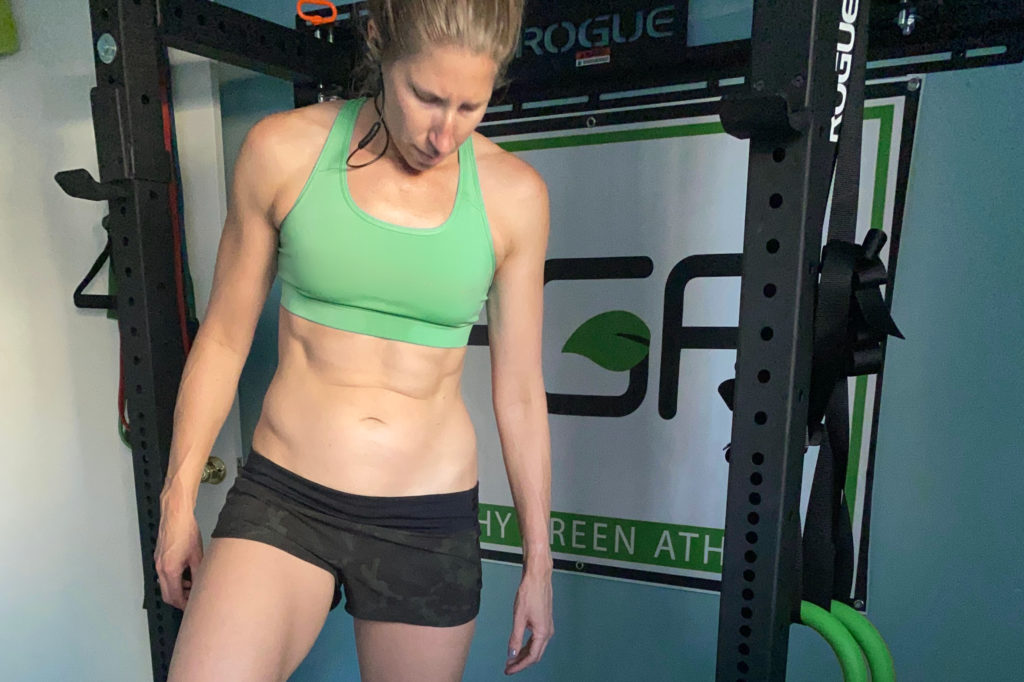




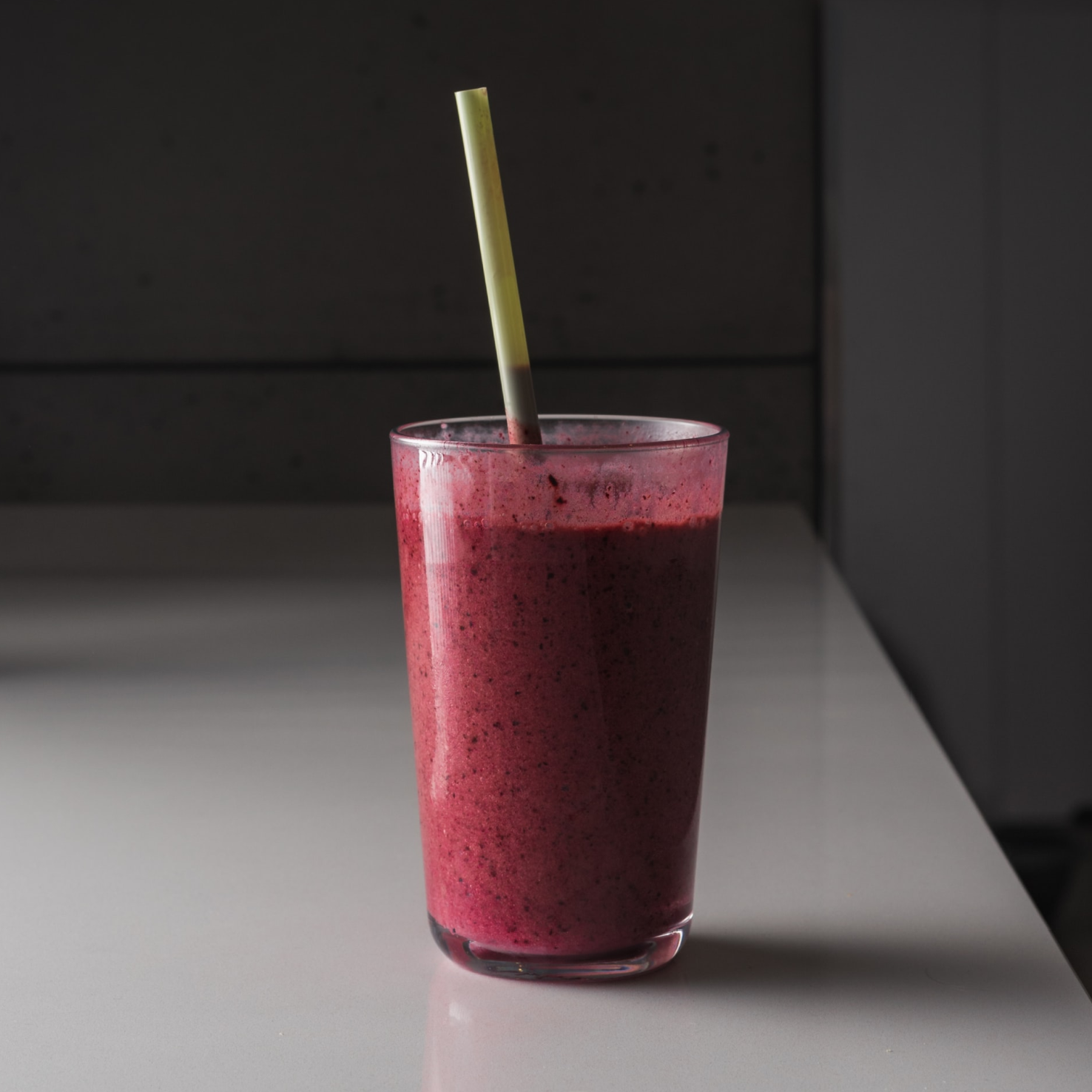
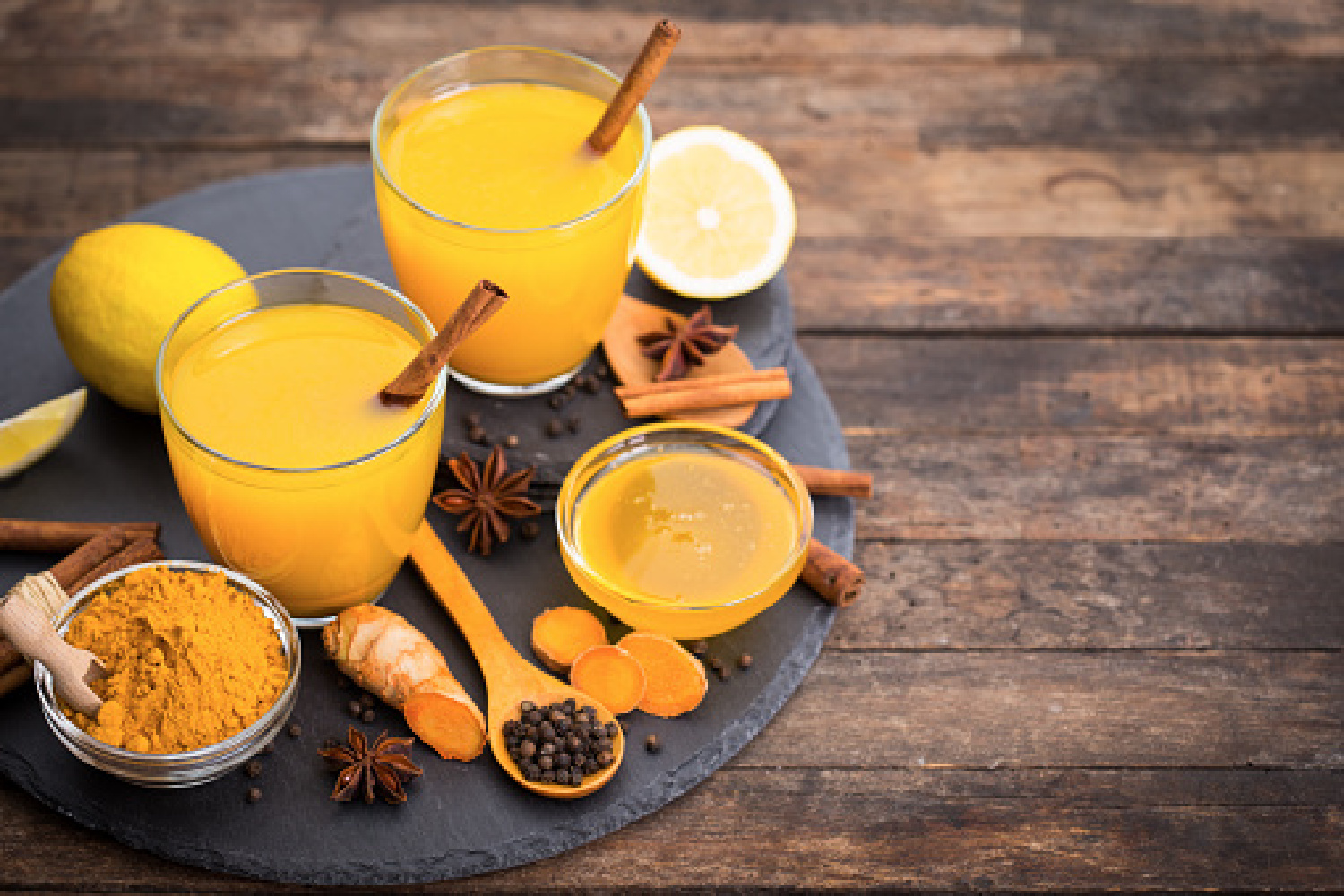



2 Comments
Pingback:
Pingback: